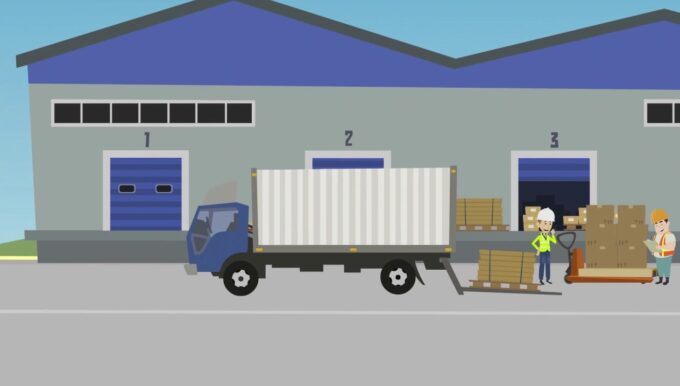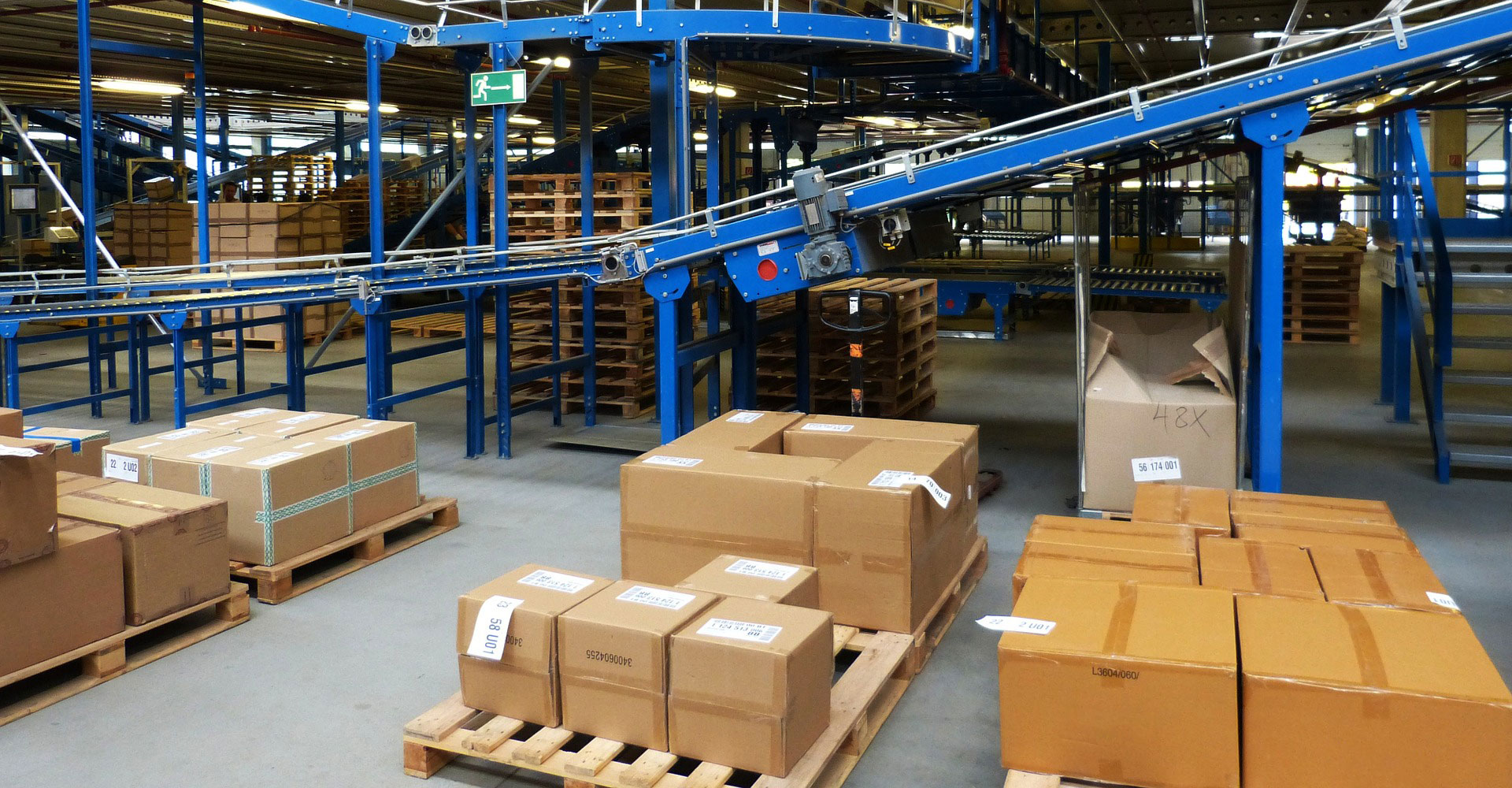LTL is short for ‘Less-Than Truck Load,’ representing the weight classification of shipments smaller than FTL shipments but larger than parcel shipments. In most cases, these shipments deal with loads of between 151 and 20,000 lb. These carriers handle their freight through a network of warehouses. That is because the system is rarely designed to be a point-to-point between the receiver and the shipment.
Instead of the carrier shipping directly from one point to another, the freight is organized within the respective warehousing facilities. The bulk shipment is then physically broken down and organized accordingly by the intended destination.
After this, the freight is assigned to the LTL carriers who follow specific routes to the intended locations. Consolidation allows the carrier to develop an efficient course for many deliveries. It also allows the drivers to familiarize themselves with their respective routes.
Using an LTL carrier is usually best if you don’t need your freight delivered to the destination the following day, as the consolidation process is time-intensive. Full Truck Load rates are customarily based on fuel charge or mile per rate. However, several factors determine LTL freight rates. Here are some of these determinants.
1. Negotiated rate tariffs

You could negotiate with various LTL carriers based on your shipping lanes, ensuring that you are not just relegated to a base rate. If you understand your shipping activity and data for each route, you can approach your carrier and negotiate for different tariffs for these lanes. It will ensure that you are not losing out more money by balancing your unattractive routes with the attractive ones.
This negotiation will provide you with overall better LTL shipping rates. Reducing your operation cost is vital for your business, and using resources from mactrans.ca, you can discover other effective ways to achieve this. When calculating the dimensions, measure the longest side and include overhangs, protrusions, and any available packaging. After getting your density, you will figure out your freight class.
2. Density
Your shipment’s density determines your LTL rates. You may need to understand how to calculate your shipment’s density if you want to describe your goods on the bill of landing adequately. To obtain this, you divide the total weight by the total cubic feet that your shipment covers. If you have used pallets for your commodities, combine your pallets’ dimensions with those of the cartons containing your goods and the total weight. You can learn more about your shipment’s density on a site https://migway.com/.
3. Classification

Each piece of shipment has a classification in LTL. This classification plays a significant part in determining your freight rates. According to the National Motor Traffic Association, there are 18 freight classes, ranging from 50 to 500. The level is determined by product quality, density, liability, stow-ability, and handling.
A very dense shipment that is easy to handle and difficult to manage falls in the lower classes and higher classes comprise lighter freight, taking up more space. The higher the class, the higher your rates.
4. Base rates
Different LTL carriers have varying base rates. The rates are quoted per 100 pounds, which is CTW in short. CTW varies from lane to lane and from each freight carrier. Calculations also rely on freight classification. Carriers modify their base rates based on their need for extra volume. Moreover, they will increase gross charges for lanes, thus maintaining the right balance between freight and trucks.
5. Distance

In a typical scenario, the longer the haul, the higher the per-hundred weight you will pay. It would help if you considered the number of zip codes your carrier service will serve directly because most LTL carriers serve specific geographical locations. If you need your freight sent to a site outside your carriers’ regular service routes, they will usually transfer your shipment to another company for delivery at your final destination. This process is called interlining. It may prove costly because of higher minimum charges and lower discounts.
6. Minimums
The absolute minimum charge (AMC) is the pricing in LTL rates that increases with carriers. No carrier is willing to go below this minimum. Usually, carriers ask for a 2-3% increase but $5 in minimum charges, increasing the contract rates. They do this because the costs they incur from a minimum charge go beyond their costs for much heavier freight.
7. Negotiated discounts

If you seek relief from market volatility and high freight costs, you could save up to 25% on your expenses from already heavily discounted LTL rates. For this to happen, you will have to make multiple shipments to multiple locations routinely. You will also need to work with several freight carriers.
This strategy will allow you to save a maximum of $ 25,000 for every $ 100,000 in terms of shipping costs. Your relationship with your carrier and your business volume with them will determine your ability to negotiate these discounts.
8. Freight All Kinds
FAK is an arrangement between you and your carrier, enabling your carrier to ship multiple products within different freight classes, billed and shipped at the same freight class on your behalf. For instance, if you negotiate a FAK, your carrier could ship various products ranging from 60-100 and rate them under 80. This way, you can make significant savings by reducing costs paid for higher freight classes.
9. Weight

In LTL shipping, the more your freight weights, the less you pay. Cost is calculated per hundred pounds. As the weight increases to the lowest weight in the next weight group, your freight is rated at the lowest weight category in that group.
10. Accessorial charges
Surcharges or accessorials are charges that emanate from the extra services that your carrier may offer you. These services go beyond the regular business to business or dock to dock pickup and delivery services. Examples of these charges are residential pickup and delivery, lift gate services, inside delivery, and limited access delivery to places such as storage units, schools, and prisons.
You can negotiate your surcharges to a flat rate or even have them waived. The most common type of accessorial charge is the fuel one and is typically added to every freight.
Understanding these factors will help you secure your carrier’s best prices, thus reducing your shipping costs and increasing your profit margins.







